|
HOME: www.hiltonpond.org |
|||
THIS WEEK at HILTON POND Subscribe for free to our award-winning nature newsletter (Back to Preceding Week; on to Next Week) |
All text, maps, charts & photos © Hilton Pond Center MARCH CAME IN LIKE A . . . According to weather folklore, when March comes in "like a lion" it will go "out like a lamb." Some claim this concept comes from the belief everything in nature must be balanced; if the first day of March is blustery, the the month must end on a milder note. This year 1 March wasn't particularly blustery at Hilton Pond Center--temperatures ranged from 31.8° to 40.6° F, winds averaged 0.6 mph with a top "gust" of 5 mph at 8:58 a.m., and we did get 0.29" of rain (a little of it frozen)--but we'd hardly call this a leonine beginning for the third month of 2015. What WAS ferocious about early March was the continued incursion of a bird species we don't see every year: Petite Pine Siskins, Spinus pinus (above), that arrived in horde-like quantities and attacked our thistle and sunflower feeders with ravenous intent.
All text, maps, charts & photos © Hilton Pond Center These gregarious little brown-streaked birds--slightly smaller than their more colorful congeneric American Goldfinches, S. tristis, but with very sharply pointed bills--typically breed in Canada's boreal forests and irrupt almost unpredictably in the lower 48 states and as far south as Mexico. Most years the Center gets zero or few siskins, but some winters we host so many we can hardly keep our feeders filled. We had good numbers in the late 1980s (see chart above), essentially none for 15 years or so, and then got bombed in the winter of 2010-2011. After a little blip in 2012-13 came this year's ALMOST unprecedented wave of siskins that has kept us hopping at the banding table from December through early March 2015. By 11 March we had banded 632 Pine Siskins for the current winter season--just one shy of our all-time record from four years ago--and there appears not to be an end in sight. Interestingly, on 4 March one siskin was our 3,000th--just our fifth species to reach that level since we started banding in 1982--and another PISI that day turned out to be our 62,000th banded bird in 32 years! (Alas, we will have to wait until we return on 22 March from our scheduled Operation RubyThroat hummingbird banding expedition to Belize to find out if this year will set a new record for banded siskins. We hope they haven't all returned north by then.)
All text, maps, charts & photos © Hilton Pond Center One other interesting tidbit associated with 1 March this year: It was the day we banded our 1,000th bird of 2015 at Hilton Pond Center--a brown after-hatch-year Purple Finch of unknown sex (above). At this time of year a brown PUFI could be either a second-year male or a female of undetermined age; males take two full years to acquire their raspberry-red plumage. Reaching the one-thousand mark this early in the year is a welcome change from 2014 when we banded only 1,204 birds during the entire 12-month period. The goal for 2015 is to exceed our current 34-year average of 1,820 birds--including 200-plus Ruby-throated Hummingbirds.
All text, maps, charts & photos © Hilton Pond Center The third day of March 2015 brought a second-year male Pine Warbler (above) to Hilton Pond Center. This is one of a few Wood Warbler species that winter in the Carolina Piedmont, the other most common ones being Palm Warbler and Yellow-rumped Warbler. (The vast majority of the 35 Wood Warblers we've encountered locally head south in autumn.) Pine Warblers are distinguishable by prominent white wing bars, white outer tail spots, and a broken yellowish eye ring. The intensity of yellow body plumage varies greatly among individuals, males typically being more brightly colored than females. (Incidentally, we caught the male PIWA in a sunflower seed trap, and a little while later caught a second-year female in the same device! We suspect they were gobbling protein-rich seed fragments left behind by siskins and other finches.)
All text, maps, charts & photos © Hilton Pond Center You could tell 4 March was an unusually warm day at Hilton Pond Center because there were a couple of bats chasing insects over the pond at sunset! (Today's high: 69 degrees at 5:17 p.m--rather late in the afternoon for a high temp.) The flying mammals were probably Eastern Pipistrelles, Pipistrellus subflavus (our file photo above)--which we believe to be our most common local species. We've also confirmed Red Bats and Big Brown Bats in-the-hand at the Center, although we find some chiropteran species quite difficult to identify.
All text, maps, charts & photos © Hilton Pond Center A cold front barreled through Hilton Pond Center on 5 Mar with a brief burst of torrential rainfall, resulting in one of the steepest, fastest temperature changes we've ever witnessed anywhere (see graph above). In just 31 minutes (12:59 p.m. to 1:30 p.m.) the digital thermometer dropped a remarkable 17.4°, from a daily high of 67.7° to 50.3° F. Here are the actual readings in roughly five-minute intervals during that oh-so-short but chilling half-hour period:
All text, maps, charts & photos © Hilton Pond Center We finally got our 40th Yard Bird for 2015 on 6 March, the first new one at Hilton Pond Center since a Fox Sparrow on 20 February. This time it was an Sharp-shinned Hawk (above), harassing Pine Siskins at the feeder. It was an especially small sharpie, meaning it was likely a male; females are about a third larger. The bird's tail was notched, separating it from the round-tailed Cooper's Hawk that is generally larger. We also knew it to be an immature because of a yellow pupil and dark brown vertical streaks on its breast; mature SSHA have red irises and horizontal rusty-red breast barring. Note the skinny legs and thin toes typical of an accipiter; buteos such as Red-shouldered Hawks that sometimes hang around feeders have much heavier tarsi and digits. The hungry hawk perched on a Shagbark Hickory limb for several minutes eying the feeders but flew off WITHOUT any of our banded (or unbanded) birds in his talons.
All text, maps, charts & photos © Hilton Pond Center The Center's "Bird of the Day" for 6 Mar was NOT the Sharp-shinned Hawk sighted that morning. No, that honor goes instead to a subadult Red-winged Blackbird (above) we captured late in the afternoon. Why, you ask, should a common flocking species such as RWBL deserve such special recognition? The answer is because this was only the 25th we've banded locally since 1982. (If you're wondering, we've caught 39 sharpies.) Although red-wings are widely distributed, in South Carolina they breed most commonly along the coast and closer to the mountains; they're also far more abundant in the Midwestern U.S. Note the buffy edging on many of this bird's contour feathers; these pale margins will wear off--or perhaps be preened away--so that when breeding season arrives his head and body will be jet black.
All text, maps, charts & photos © Hilton Pond Center If we take an astronomical approach, that old phrase of "March comes in like a lion and exits like a lamb" has nothing to do with weather. Instead it relates to March beginning just as constellation Leo (the Lion, above) crosses toward the meridian. While Leo moves away toward the end of the month, constellation Aries begins to rise higher in the night sky. Since Aries is the Ram, he's bound to sire many lambs for a fitting end to March our hungry Pine Siskin horde probably won't even think about as them overwhelm the feeders at Hilton Pond Center. All text, maps, charts & photos © Hilton Pond Center
Checks can be sent to Hilton Pond Center at: All contributions are tax-deductible on your |
|---|
|
"This Week at Hilton Pond" is written and photographed by Bill Hilton Jr., executive director of Hilton Pond Center for Piedmont Natural History
|
|
|
Please refer "This Week at Hilton Pond" to others by clicking on this button: |
Comments or questions about this week's installment? Send an E-mail to INFO. (Be sure to scroll down for a tally of birds banded/recaptured during the period, plus other nature notes.) |


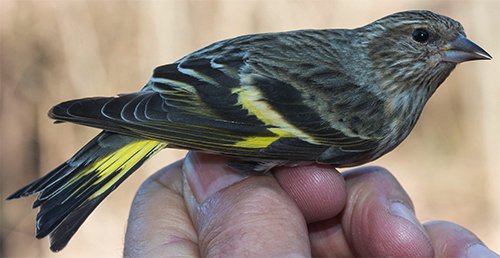
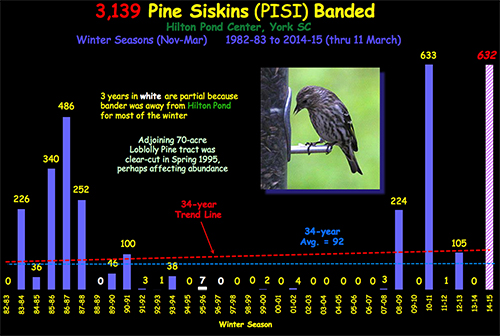
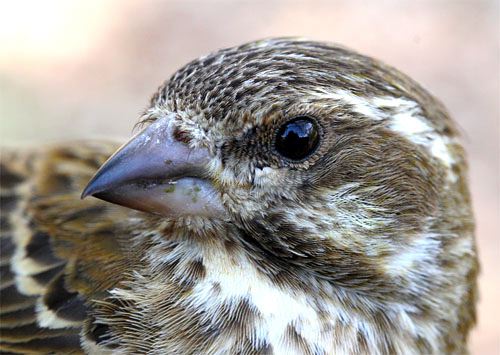
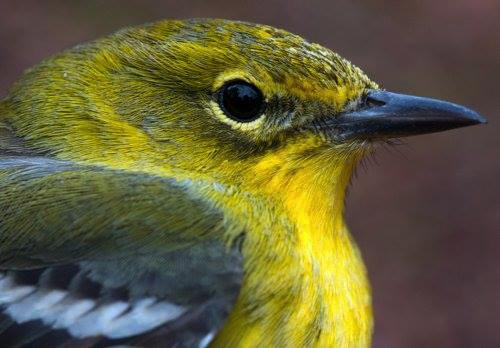
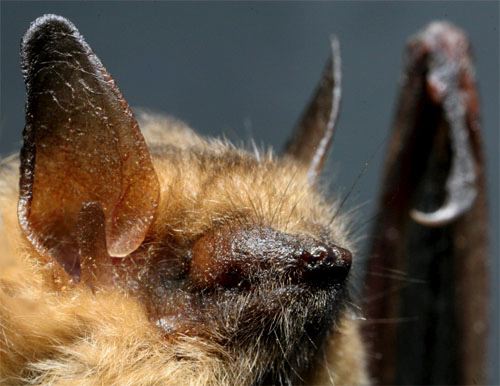

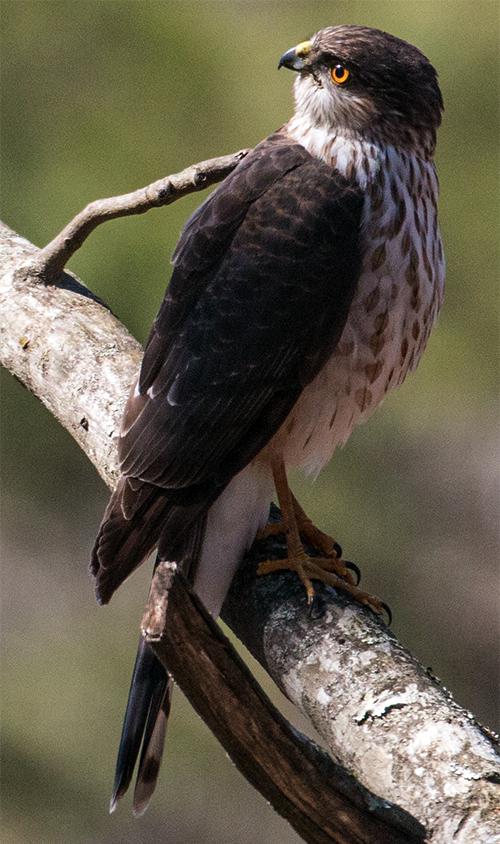
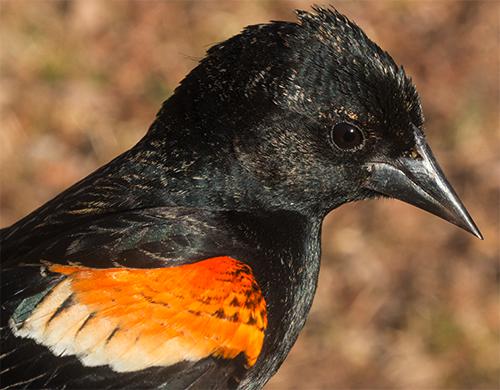
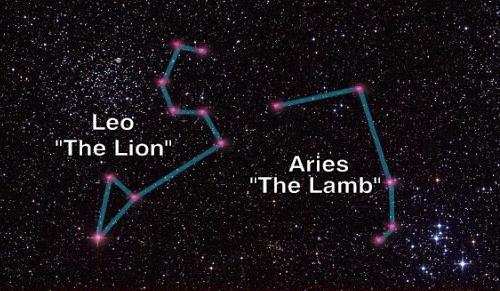









 Oct 15 to Mar 15:
Oct 15 to Mar 15: Please report your
Please report your